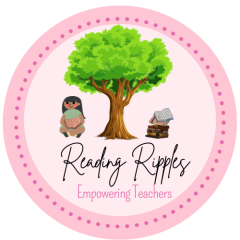
Learning centres can be constructed in any domain or across multiple domains and can be used at any level of education. Ex Learning centre for mathematics, creativity, music, literacy, small world, etc.
Types of Learning Centre
The mode of categorization has been presented by Myers and Maurer (1987), who classify learning centres according to student responsibility:
(1) self-directing/self-correcting,
(2) self-directing/open-ended, and
(3) teacher instructed/exploratory
Self Directing/self-correcting
Q. Build an inclusive infrastructure of a building.

Example -Teacher instructed/exploratory
Learning to measure gravity. Teachers can first demonstrate, and then learners can explore and discover new findings about gravity by themselves.
How to set up a learning centre in your school?
- Transform your old classroom into a better one by using some corners of your class to bring learning centres.
- Decide on which subject/theme you want to make your learning Centre.
- Bring infrastructure according to the age and needs of the learner. You can take some theme for decoration, for Example – Reggio Emilla. In this, all the things kept in the room should be from nature directly or indirectly. Examples– Brown and green colors of tables/chairs, décor items full of handmade materials, and most importantly, loose parts.
Before:


4. Notice the change in the position of the tables, and the focus shifted to the items kept in the middle of the tables. Choose open-ended material: reusable, recyclable, and cost-effective. Most of the items would be available at the children’s home. Ask children to bring materials and don’t spend much money on them.
5. Classify the material now according to children’s independent learning needs. So that they can easily get it. Put them in boxes and label them.

6. Divide the class into 4-6 sections. One section for one learning station each, and centre of the class should have a focus table to do writing or notebook tasks to take forward learning at learning stations to discuss at the focus table.
7. Class should be divided into groups. Around 10-15 students on the focus table and others on the learning stations.
8. Decide an activity you want to do that day. Collect the material for doing that activity from boxes. Put the material on each table. Make additional things if needed to proceed with that activity. Eg, Fishing pond.

10. Ask some questions in between to know where the child is heading, and ask some curiosity-generating questions in the end.
This approach to learning highlights the shift in responsibility from teachers to students, which depends on the application of demonstrated skills and understandings by their hit-and-trial method. As this is how life goes on !!
Do share your thoughts in the comments below.

I love them. I have seen that kids discover thinks through their experience and by working in teams
Yes, Learning centres are best form of learning. I wish we could have them in every school.